Foods That Are REAL Heart-Savers!

This is the time of year either we are thinking about, or we hear others talking about goals and resolutions. It’s appropriate—the start of a new year is a good place to start over and try again.
And invariably exercise and improved diet are on the list. With the focus on improving the diet (since this is a cooking and food-related newsletter), how about we look at some foods that not only improve the diet, but do so in a very specific way? I’m referring to foods that effectively protect the heart.
You won’t find anything here you didn’t already know, I’m sure. But consider this a good reminder and way to get your meal plans more in line with your goals. This year focus on these heart-protecting foods:
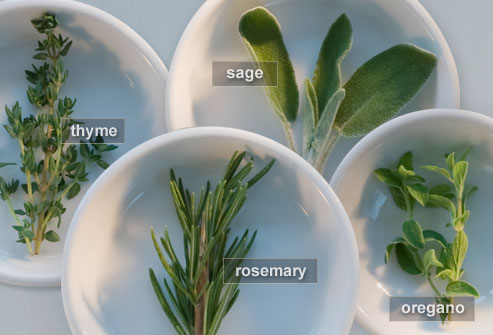
Fresh HERBS. When you add these to foods (rather than salt and fat), you're adding flavor without the bad stuff. This is a delicious way to eat heart-smart because of all the vitamins, antioxidants, and phytochemicals they contain.
BLACK BEANS. Mild, tender black beans are packed with heart-healthy nutrients such as folate, antioxidants, and magnesium that help lower blood pressure. Their fiber controls both cholesterol and blood sugar levels. And don’t you love how easy they are to use? Just add beans to your soups and salads for an instant nutrition boost. (Prep Tip: Rinse canned beans to remove extra salt.)
RESVERATROL. You’ll find this in abundance in red wine (which is also loaded with catechins). These antioxidants protect your artery walls. But of course, we all know that too much alcohol can undo all the good resveratrol and catechins can do. Doctors recommend no more than 1 drink per day. And alcohol can also cause problems if you’re taking aspirin and other medications. So the advice is always to check with your MD first.
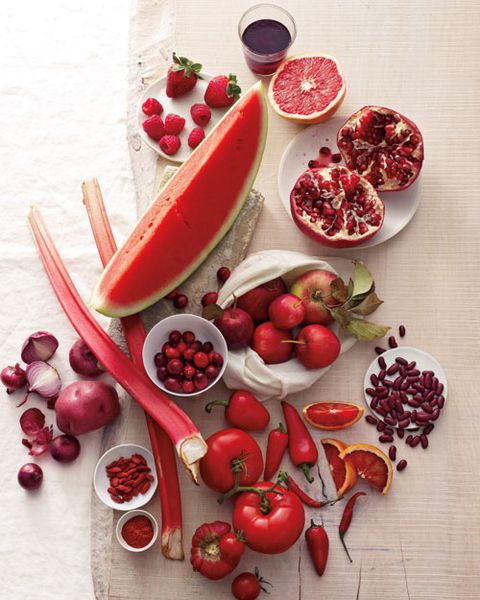
But what if you don’t drink alcohol at all? Are there other sources of resveratrol available? Yes. It's found in peanuts, pistachios, watermelon, grapes, blueberries, cranberries, and even cocoa and dark chocolate are just a few sources! (Is life good, or what?)
Wild SALMON. It’s rich in omega-3s—healthy fats that lessen the risk of heart rhythm disorders and lower blood pressure. Wild salmon also lowers triglycerides and curbs inflammation. Two servings of salmon or other oily fish a week are recommended. (Cooking Tip: Bake salmon in foil with herbs and veggies. Toss extra cooked salmon in fish tacos and salads.)
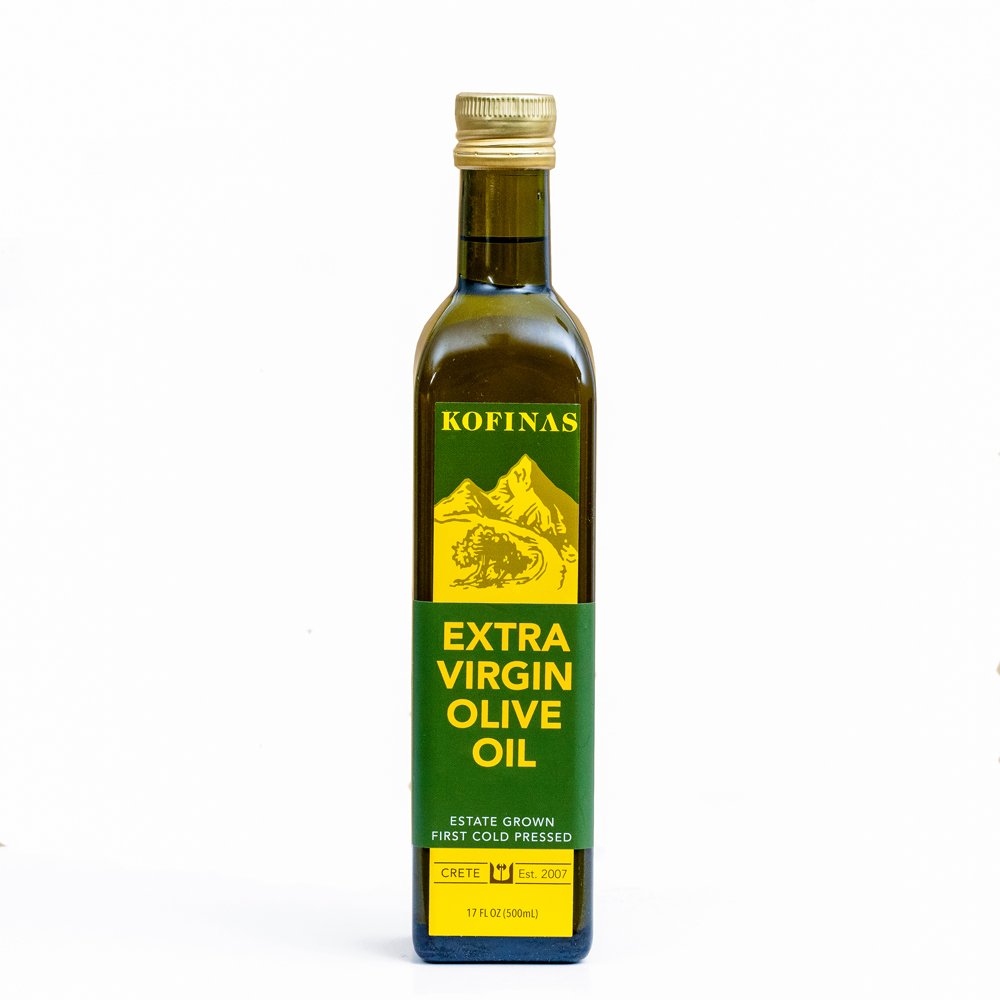
EXTRA VIRGIN, COLD PRESSED OLIVE OIL. It’s a healthy fat that’s rich in heart-healthy antioxidants that’s been proven to protect blood vessels. When olive oil replaces saturated fat (like butter), it’ll also lower cholesterol levels. Try it on salads and cooked veggies, or with bread. (Taste tip: For the best flavor, use it within 6 months.)
Raw WALNUTS. A small handful a day also lowers cholesterol and even protects against inflammation in arteries. Walnuts are packed with omega-3s, healthy fats called monounsaturated fats, plant sterols, and fiber. Use walnuts to replace bad fats. (Tip: Try walnut oil in salad dressings.)
Raw ALMONDS. Slivered almonds go well with vegetables, fish, chicken, and desserts. They’re bursting with plant sterols, fiber, and heart-healthy fats (all of which lowers "bad" LDL cholesterol). A small handful a day is all it takes.
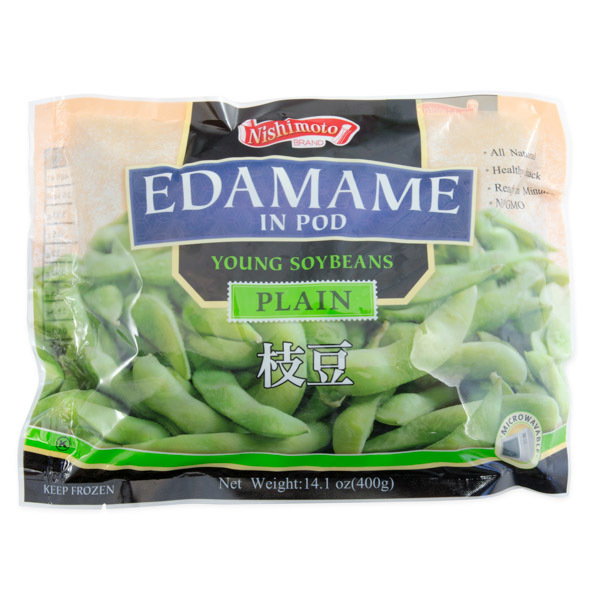
EDAMAME. Edamame is the Japanese word for soybeans. Soy protein helps lower cholesterol levels. A cup of edamame also has 8 grams of heart-healthy fiber. To get that much fiber from whole wheat bread, you’d need to eat about four slices. (Tip: Boil frozen edamame and serve warm in the pod. Popping out the yummy beans from the tough pod makes a satisfying snack.)
TOFU. Eat tofu and you'll get a great form of vegetarian soy protein with heart-healthy minerals, fiber, and polyunsaturated fats. It can take on the taste of the spices or sauces you use to cook it. (Tip: Add it to soups for protein with little added fat.)
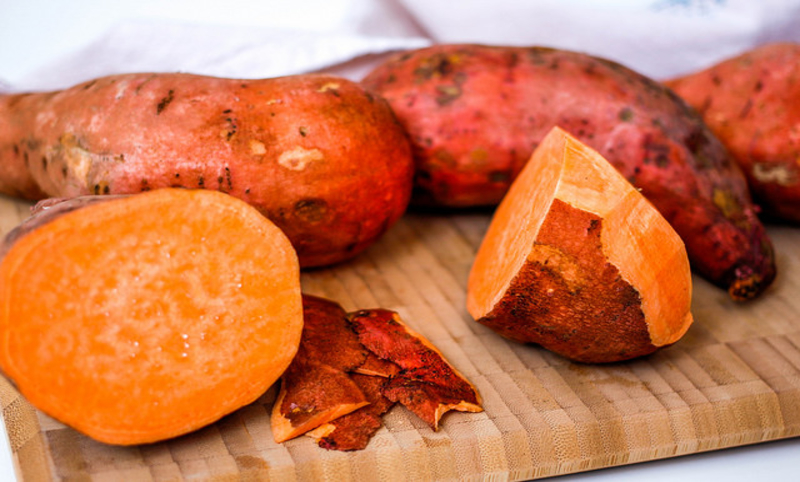
SWEET POTATOES. Swap the white for sweet. With a low glycemic index, these spuds won't cause a quick spike in blood sugar, like the whites do. They also have fiber, vitamin A, and lycopene. (Taste Tip: Boost their natural sweetness with a sprinkle of cinnamon and lime juice instead of sugary toppings.)
ORANGES. They’re loaded with the cholesterol-fighting fiber, pectin. They also have potassium, which controls blood pressure.
SWISS CHARD. Rich in potassium and magnesium (which control blood pressure), Swiss chard also has heart-healthy fiber, vitamin A, and the antioxidants lutein and zeaxanthin. Try serving it with grilled meats or as a bed for fish. (Prep Tip: Sauté it with olive oil and garlic until wilted. Season with herbs and pepper.)
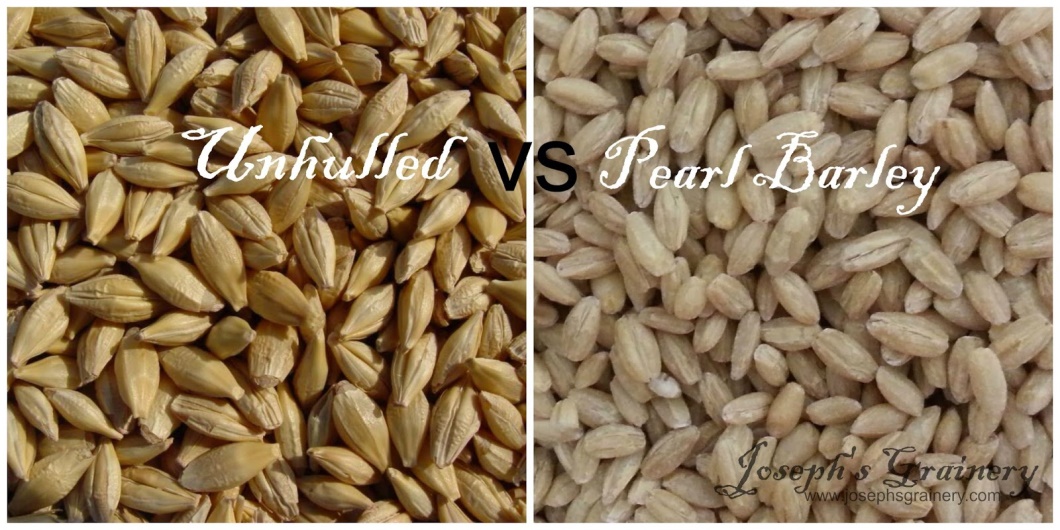
BARLEY. Try it in place of rice and add it to soups and stews. Its fiber lowers cholesterol and blood sugar levels. (To know: “Whole grain” barley, which is unhulled, is the most nutritious. Pearl barley is quicker cooking, but much heart-healthy fiber has been removed.)
OATMEAL. Besides filling, it helps with cravings and keeps blood sugar levels stable over time (thus benefiting those with diabetes, too). Its fiber also lowers bad cholesterol (LDL). The best results come from using steel cut or old fashioned oats. (Baking Tip: When making pancakes, muffins, or other baked goods, substitute one-third of the flour for oats.)
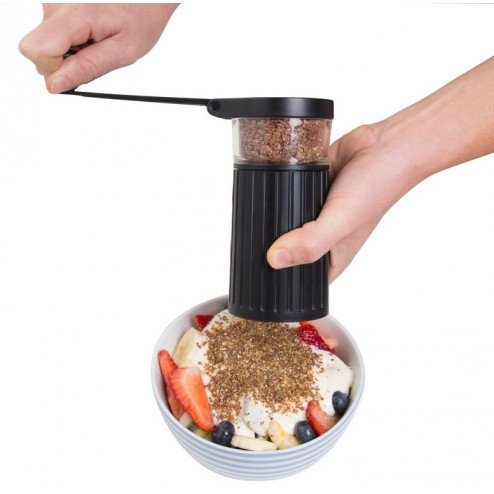
FLAXSEED. This seed contains three heart-strengthening nutrients: fiber, phytochemicals (called lignans), and omega-3 fatty acids. (Tip: Grind flaxseed for best nutrition. Add it to cereal, baked goods, yogurt, or mustard on a sandwich.)
STEROL-FORTIFIED FOODS. Orange juice and almond milk are a couple choices. These plant extracts work in the gut by preventing cholesterol absorption. They also lower LDL levels by 10% without messing with good cholesterol. So read your labels.
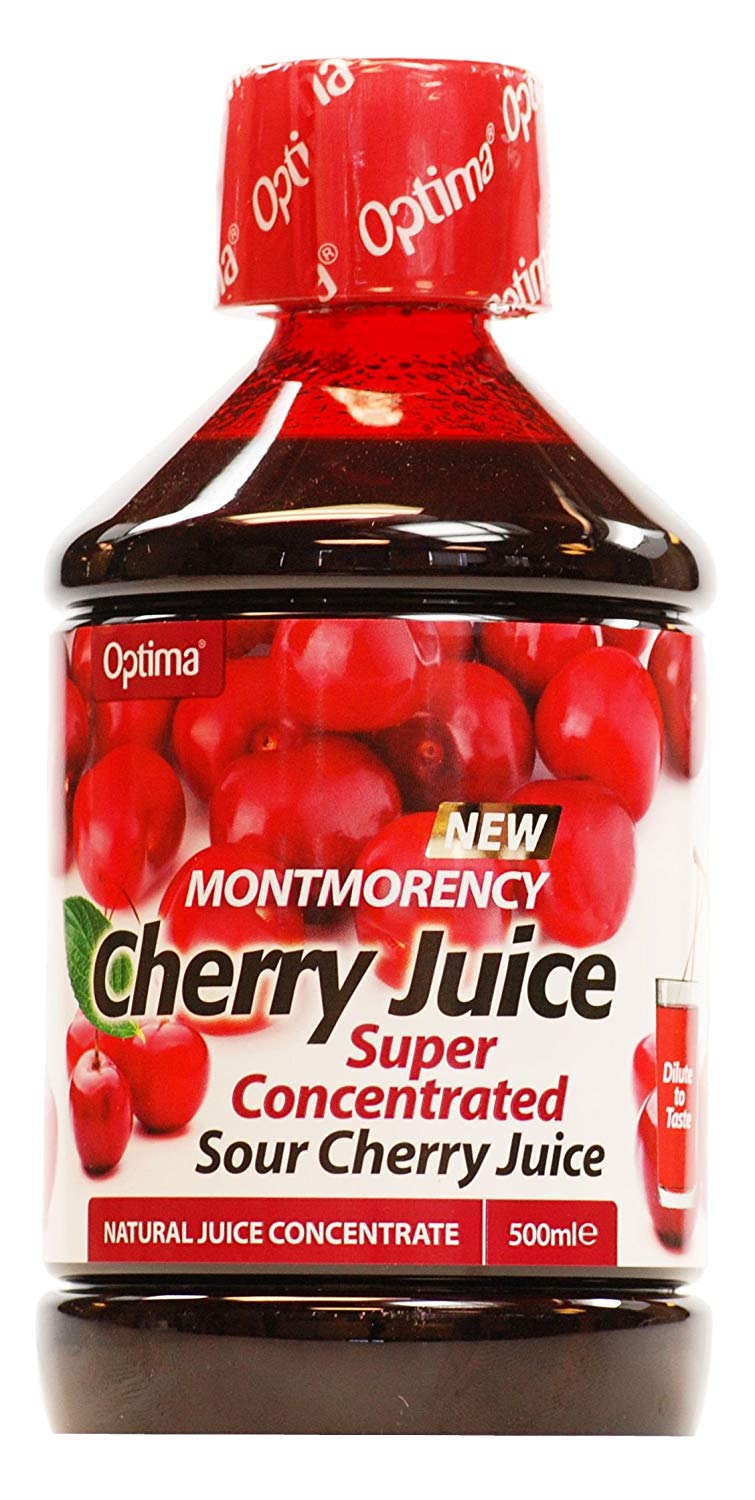
CHERRIES. Sweet, sour, dried, and cherry juice – it’s all good. All are packed with antioxidants called anthocyanins that protects blood vessels. Get More: Sprinkle dried cherries into cereal, muffin batter, green salads, and wild rice. And mix 1 or 2 tablespoons of Montmorency cherry syrup into your bottle of sparkling water to make a healthy soda pop!
BLUEBERRIES. These brilliant berries have anthocyanins (blood vessel-helping antioxidants) and tons of fiber. Add fresh or dried blueberries to cereal, pancakes, or yogurt. And puree a batch for a sweet sauce you can use as a fruit dip or topping for puddings and trifles.
- www.myaliat.com
- www.webmed.com
- www.delish.com
- www.japancentre.com
- www.commdiginews.com
- www.josephsgrainery.com
- www.newhealthadvisor.com
- www.amazon.com
 Alice Osborne
Alice Osborne
Weekly Newsletter Contributor since 2006
Email the author! alice@dvo.com
